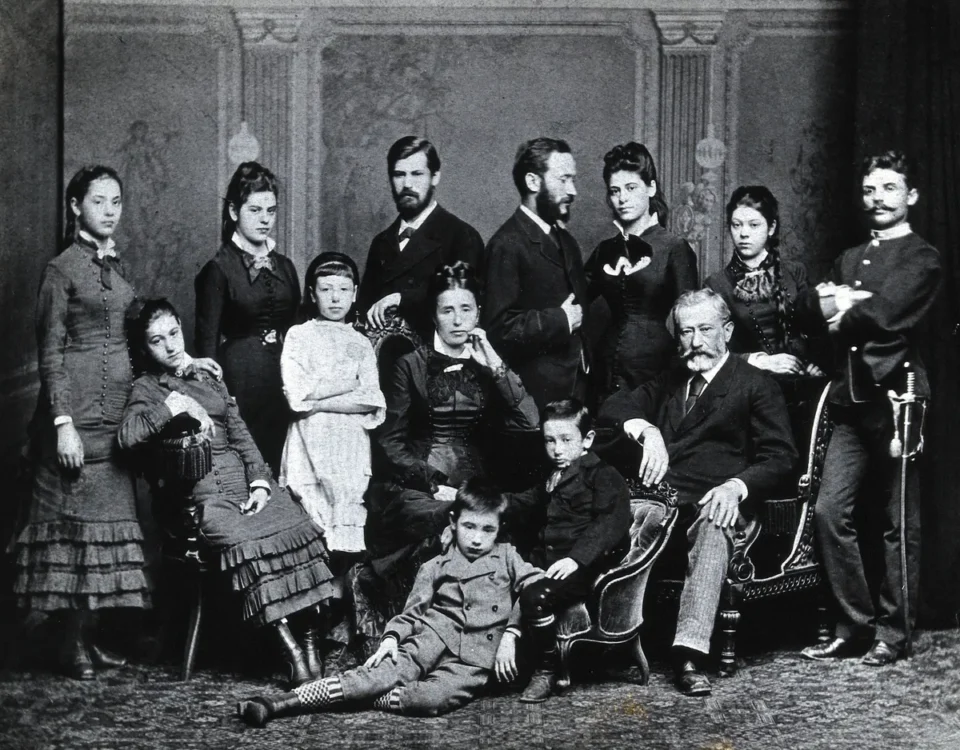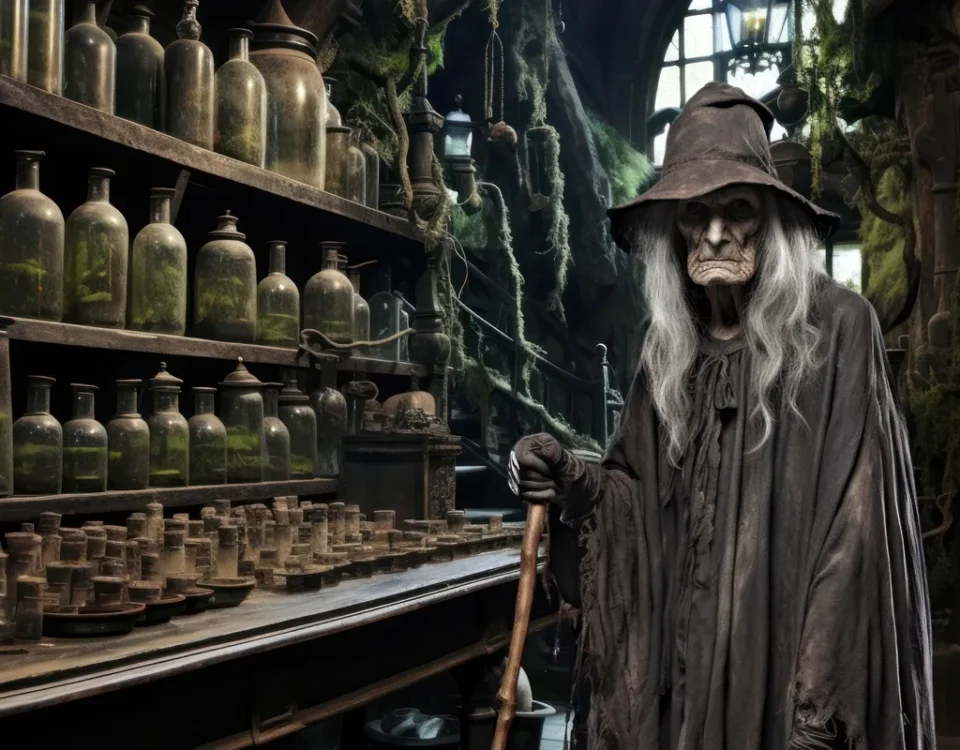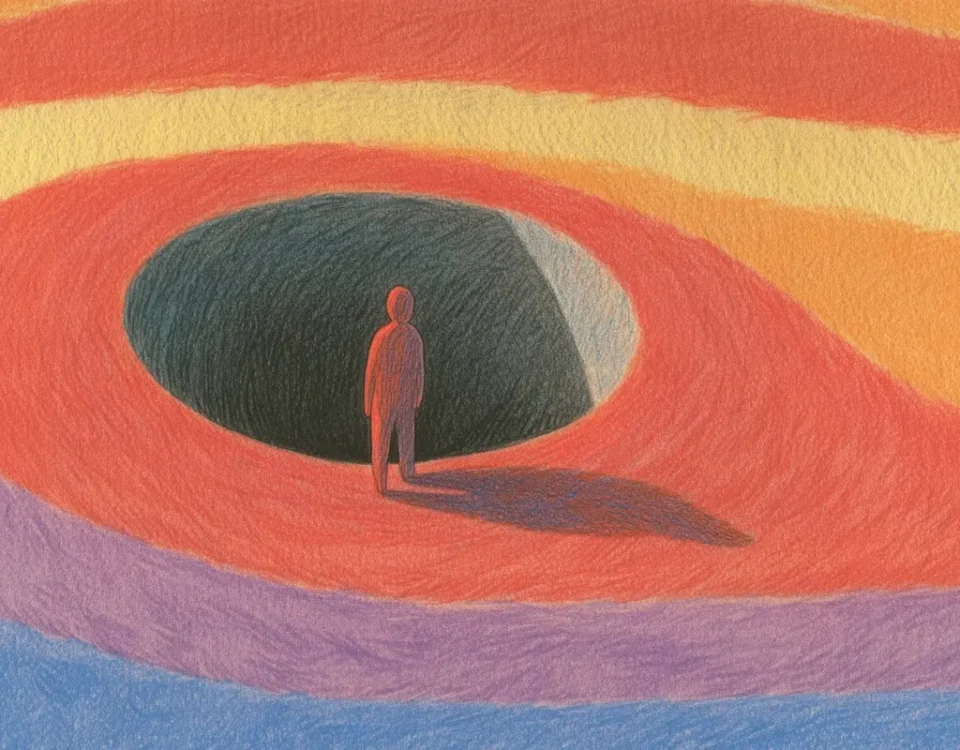
The Cross Bridge Cycle of Surviving Medical School as a Personal Trainer
April 11, 2025
The Art of Reaction – When Chemistry Meets the Canvas
April 11, 2025Summary (TL;DR)
These methods, used to separate compounds, analyze molecules, and identify substances, are essential in medicine for diagnosing diseases and analyzing patient samples. Along the way, they also explored protein analysis, phototransduction, and antifungal mechanisms.
What started as curiosity-driven lab work turned into a deep understanding of pathology, showing how research and medicine overlap. The author emphasizes that these skills, though unplanned, became crucial in both scientific and clinical contexts.
Some people set out to become pathologists. They take the right classes, get the right internships, and have a clear vision for their career in a dark, microscope-lit basement. I, however, just wanted to do research. And yet, by sheer accident (or cosmic irony), I somehow ended up learning every pathology lab technique known to mankind—just by existing in various research labs.
Turns out, scientific research is just pathology in disguise. If I’d known that earlier, maybe I would have actually planned for this instead of wandering into it like a confused postdoc at a faculty meeting.

Chromatography: Or, The Art of Separating Things That Don't Want to Be Separated
I didn’t think I’d spend this much time separating molecules like an overworked divorce lawyer, but here we are. Chromatography became a central part of my research life, and if you don’t know what that is, let me introduce you to the fundamental question of lab work: What is the stationary phase in chromatography? (Or the mobile phase, or how they work together—because we have to ask that in at least three different ways to be sure we understand it.)
For those of you who skipped chemistry, chromatography is a technique that separates compounds in a mixture based on how much they like to stick to things (stationary phase) versus how much they like to move (mobile phase). It’s basically molecular peer pressure.
How does this apply to medicine? Ever wonder how we analyze blood samples, urine tests, or even drug metabolites? Chromatography. If you’ve ever had a toxicology screen, congratulations—you’ve benefited from mobile and stationary phase sorcery.
Real-life example: When a patient comes in and we need to know exactly what questionable substances they have in their system, chromatography helps us determine if it’s caffeine, ibuprofen, or something significantly more illegal.
What are the types of chromatography? This technique includes gas chromatography (GC), liquid chromatography (LC), and thin-layer chromatography (TLC), each with its own specialty.
Mass Spectrometry: Because Exploding Molecules is Science
Ever wanted to blast molecules apart just to see what they’re made of? No? Well, mass spectrometry does exactly that, and it turns out this is extremely useful in medicine.
How does mass spectrometry work? It ionizes molecules, accelerates them through an electric field, and then sorts them by mass-to-charge ratio. Think of it as molecular racetrack analysis, but instead of betting on horses, we’re betting on peptide fragments.
What does a mass spectrometer do? It detects and measures the mass of molecules, allowing us to identify unknown substances with high precision.
How to read MS spectra? Understanding mass spectrometry data involves analyzing peaks, mass-to-charge ratios, and fragmentation patterns.
Why does this matter? Because it helps identify unknown compounds in blood, tissues, and basically any biological sample. You know when a doctor says, "We’re running some tests" and won’t tell you what kind? There's a solid chance mass spectrometry is one of them.
Real-life example: Need to confirm a rare metabolic disorder? Or figure out which antibiotic-resistant bacteria have decided to throw a party in your patient’s bloodstream? Mass spectrometry is the answer.

Spectroscopy: Because Sometimes We Shine Lights on Things and Call It Science
Between infrared (IR), ultraviolet (UV), and nuclear magnetic resonance (NMR) spectroscopy, I have spent an embarrassing amount of time zapping molecules with various wavelengths of light just to see how they react.
How does infrared spectroscopy work? It measures molecular vibrations, aka how molecules dance when you hit them with infrared light. It’s like a tiny, invisible disco party that tells you what bonds are present.
How does UV spectroscopy work? It looks at how molecules absorb UV light—super useful for analyzing drug interactions, nucleic acids, and anything else that likes to party in the UV spectrum.
Protein analysis techniques: Spectroscopy is commonly used alongside other techniques like gel electrophoresis and mass spectrometry for identifying proteins.
Why does this matter in medicine? We use spectroscopy to analyze proteins, DNA, and pharmaceuticals. It’s how we confirm if a medication is actually what the label says it is—or if your "vitamin supplements" are just overpriced sugar pills.
Azoles and How They Wage War on Fungi (Because, Yes, That’s Important)
I spent more time than I ever expected working with azoles, which are antifungal agents that work by inhibiting ergosterol synthesis (aka, they mess with fungal cell membranes so they can’t function properly).
Azoles mechanism of action: They inhibit lanosterol 14α-demethylase, an enzyme fungi desperately needed to survive. No enzyme, no ergosterol, no functioning cell membrane. RIP, fungi.
Why does this matter in medicine? Because fungi are everywhere, and if you work in medicine long enough, you’ll see some truly horrifying fungal infections that make you question everything. Knowing how azoles work is the difference between saving a patient and watching their toenail fungus go on a world tour.
Phototransduction and Why Our Eyes Are Just Fancy Signal Processors
At some point, I found myself knee-deep in ophthalmology research, where I learned about the steps of phototransduction. This is the process that lets your eyes turn light into electrical signals—essentially how you’re able to read this article right now.
Why does this matter? Because understanding phototransduction helps us diagnose retinal diseases, night blindness, and other fun eye problems that make life harder than it needs to be.
How to determine anode and cathode? While unrelated to phototransduction, this principle is crucial in electrochemical reactions and medical device engineering.
How This All Applies to Medicine (and Why I Accidentally Trained for Pathology)
All these techniques—chromatography, mass spectrometry, spectroscopy, protein analysis—are the backbone of modern pathology. Whether you’re diagnosing diseases, analyzing patient samples, or figuring out why someone’s liver enzymes look deeply concerning, these methods are essential.
Did I plan on learning all this? No. Did I somehow become qualified to analyze tissue samples, identify metabolic disorders, and break down complex lab data like a pathologist? Absolutely.
So, to anyone considering a career in research: beware. You might accidentally train yourself for a whole different profession without realizing it. And to all the future doctors out there—respect your lab techs. They know exactly what’s in your bloodstream before you do.
Topic FAQs
Take Your Medical Education to the Next Level with Physeo
Whether you're preparing for Step 1, Step 2, or striving to become a more confident and compassionate physician, Physeo is here to support your journey. Our resources are designed to help you master complex concepts, stay motivated, and achieve your goals.
📚 Unlock Premium Study Tools
Dive into our comprehensive video lessons, image mnemonics, and proven study plans tailored for success. Check out Our Plans to explore subscription options and find the perfect plan for your needs.
💡 Stay Inspired with Our Blog
Looking for tips on excelling in medical school, overcoming burnout, or balancing life as a student or professional? Check out our Blog. It’s your go-to resource for actionable advice and stories from fellow medical students and professionals.
📺 Boost Your Learning with Our YouTube Channel
Prefer learning through videos? Subscribe to our YouTube channel for free tutorials, step-by-step explanations, and expert insights to help you ace your exams and thrive in your medical career.
📱 Connect with Us on Social Media
Stay updated, inspired, and connected with Physeo across our social media platforms:
- Instagram: Follow us on Instagram for daily motivation, study tips, and behind-the-scenes content.
- Facebook: Join our community Here for updates, discussions, and support.
- LinkedIn: Connect with us professionally at LinkedIn for industry insights, career advice, and networking opportunities.
🚀 Ready to Excel?
Invest in yourself and your future patients by joining the Physeo community today. Let’s work together to create a generation of healthcare providers who lead with knowledge and compassion.
Start Your Journey NowAuthor
Emily Dinning
Physeo Director of Creative Content
Latest articles
Our newsletter
- Work-Life Balance
- USMLE Prep
- Study Tools
- Stress Management
- Spaced Repetition
- Residency Applications
- Physeo
- Personal Growth
- Pathology Education
- OB/GYN Specialty
- Nutrition
- Neuroscience
- Mental Health
- Medical School Tips
- Healthcare Innovation
- Global Health
- Fitness & Wellness
- Faith & Medicine
- Doctor-Patient Relationships
- Creativity in Science
- Career Planning
- Anatomy Mastery













